With beaches for all tastes, Bahia state in Brazil enchants natives and tourists but the land of Axé offers much more.
There are the Chapada Diamantina’s waterfalls, Salvador’s rich culture, the historical bath in Porto Seguro… and even wineries in the São Francisco Valley!
COSTA DAS BALEIAS (WHALE COAST)
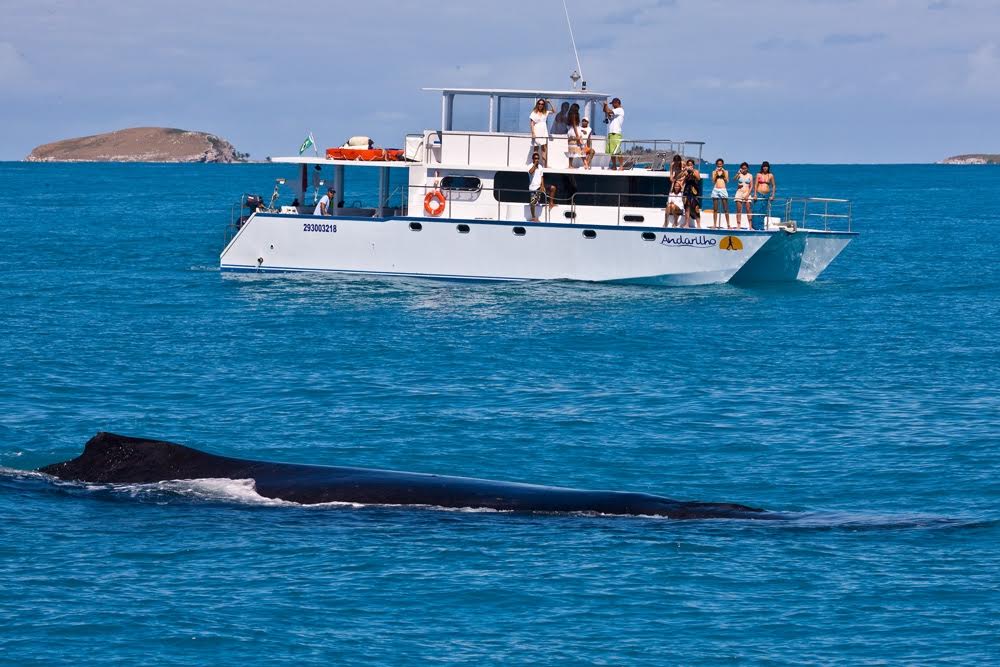
The cherry on the cake of the itinerary is the Abrolhos Archipelago.
The National Marine Park, a true ecological sanctuary, shelters infinite animal species in and out of the water.
The calm and transparent sea is perfect for boat trips and diving, where fish and corals color every corner where the eye can see.
And then there are the birds, who never tire of making a party when visitors arrive.
Go between July and September for another privilege: to see humpback whales up close.
The boats depart from the cities of Prado and Caravelas.
COSTA DO DESCOBRIMENTO (DISCOVERY COAST)
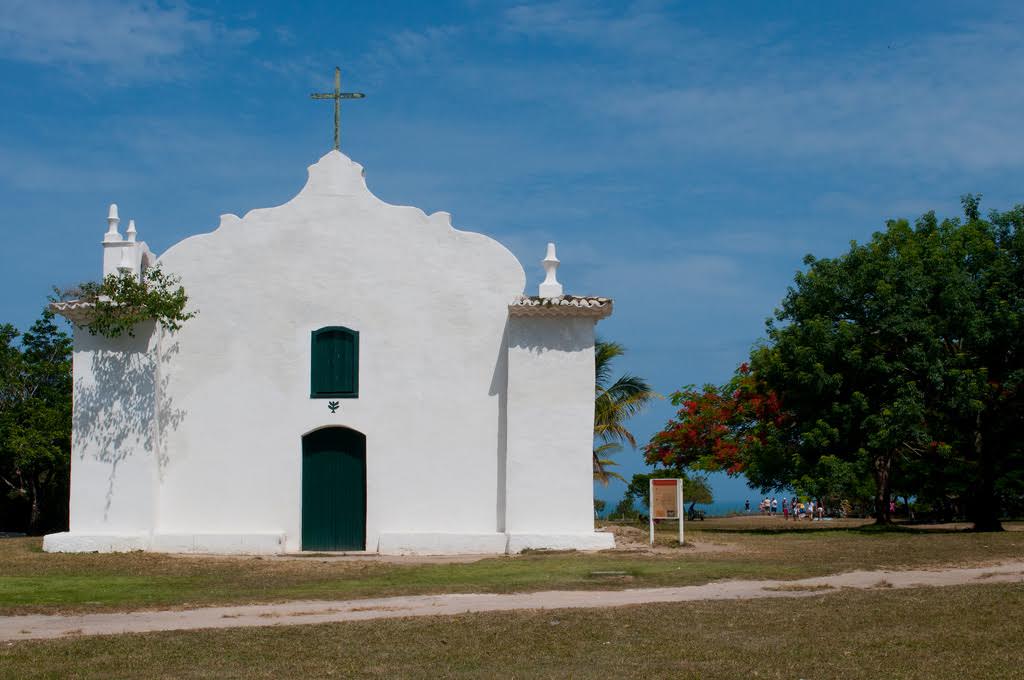
The paradisiacal setting of the South of Bahia was where the Portuguese docked in 1500.
Cabral and his crew landed in Porto Seguro, where today, the animation is guaranteed all year round – either on the beaches or at the Discovery Walkway.
But for those looking for a more pastoral scenery, the villages of Caraíva, Santo André, Trancoso, and Arraial d’Ajuda still keep deserted beaches as they did 500 years ago – besides a lot of charm, in the case of the last two.
In Santa Cruz Cabrália, the indigenous villages maintain their traditions through customs and handicrafts.
COSTA DO CACAU (COCOA COAST)
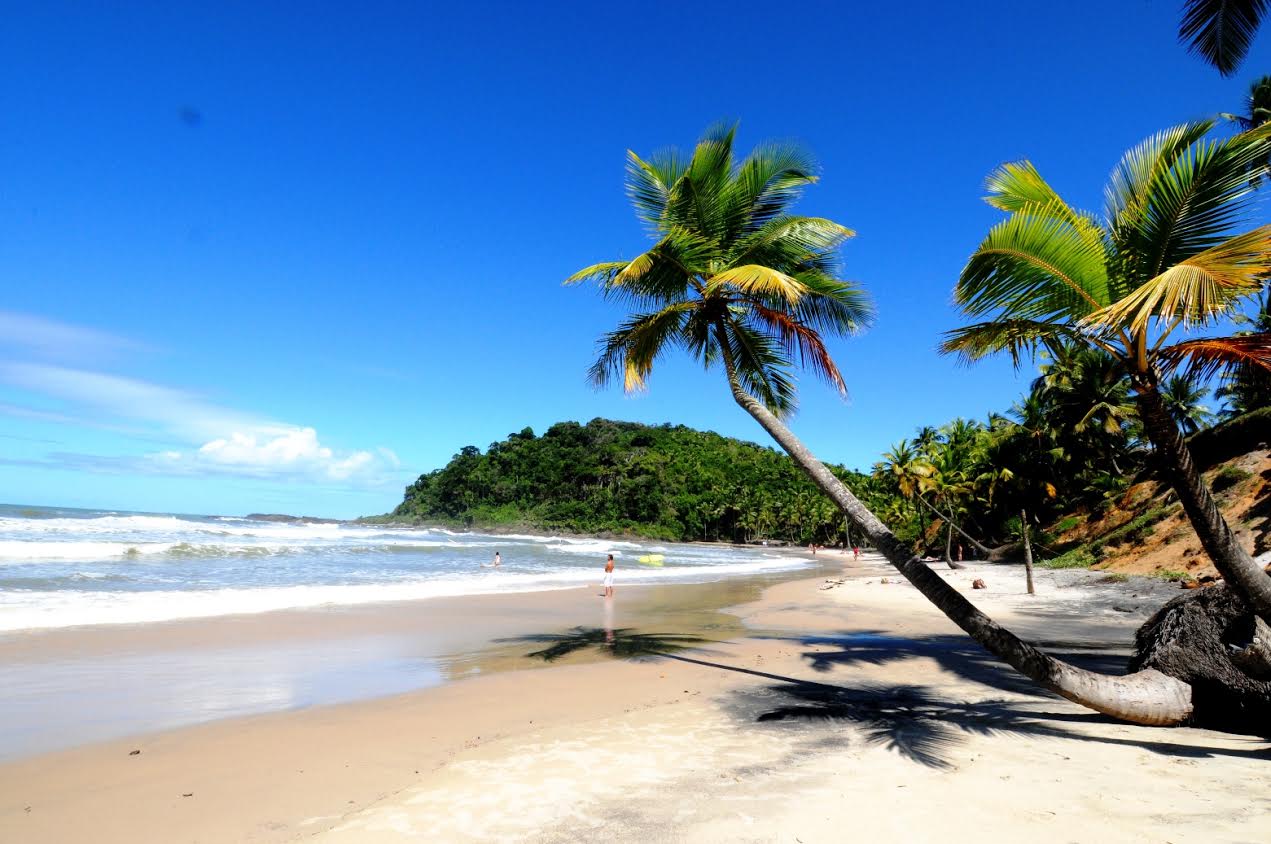
Around here, the “apple of the eyes” is Itacaré, where nature cared for even more details.
The beaches are paradisiacal and dotted with coconut trees – most of them perfect for surfing.
Access to many of these places is made through trails, which lead to waterfalls, rivers, and sceneries always framed by hills covered by the Atlantic Forest.
Hiking and bicycle, jeep, canoe, and kayak tours are the most indicated to explore Itacaré, which, despite its “roots” style, gathers comfortable inns, sophisticated resorts, and restaurants with international cuisine…
COSTA DO DENDÊ (DENDÊ COAST)
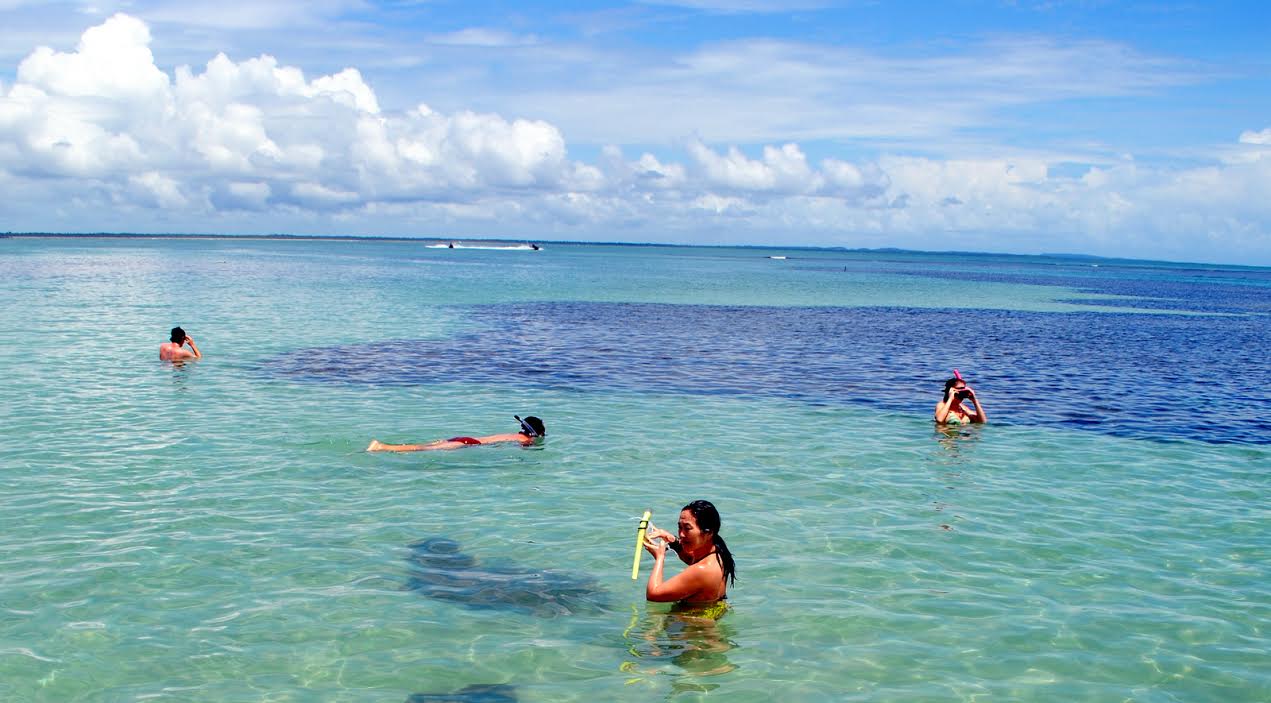
Tranquility, excitement, and a lot of nature meet in the Tinharé archipelago.
Those looking for excitement will land in Morro de São Paulo, with its “numbered” beaches, small center full of restaurants, sunset is seen from above, and fantastic zip line…
Those who just want to relax will go further, to the island of Boipeba, with its rusticity reflected in the sandy streets and the charming natural pools of Morerê.
Outside the archipelago, but in the same style, is the Peninsula of Maraú.
There you’ll find the village of Barra Grande, with some movement, and the beautiful pools of Taipus de Fora, almost always deserted.
BAHIA DE TODOS OS SANTOS (BAHIA OF ALL SAINTS)
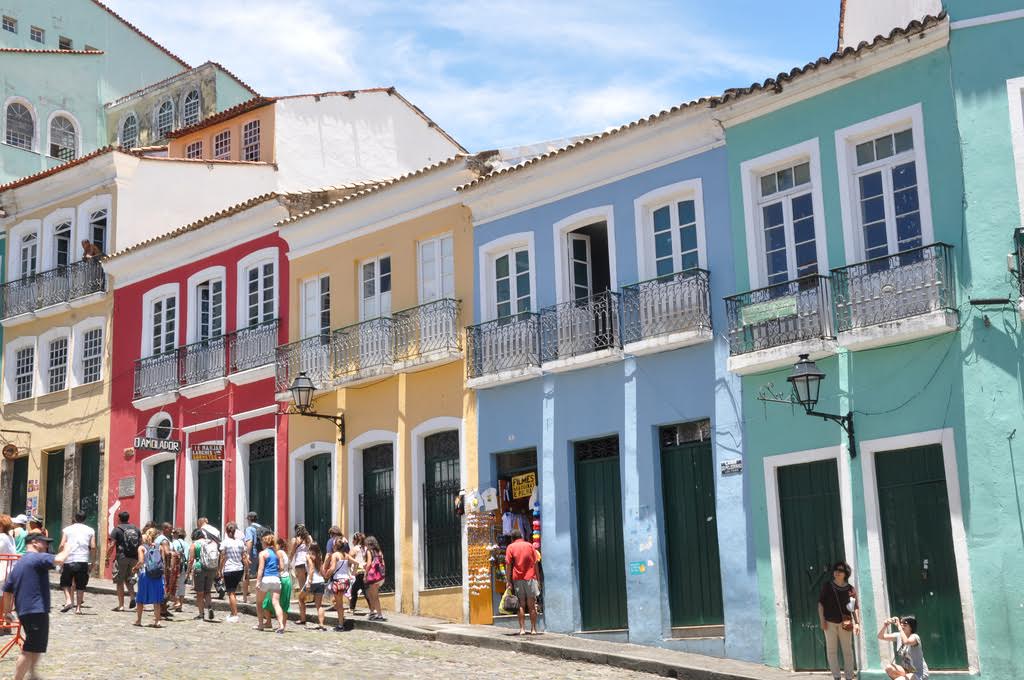
This region’s “queen of the black coconut” is the capital Salvador!
Colorful, happy, and festive, the city is the face of Bahia.
In Pelourinho, especially, religiosity, colonial architecture, and the mixture of people meet in every corner and alley.
The city goes even further, with beaches sung about in verse and prose; typical cuisine that does not shy away from pepper and dendê palm oil; and modern spaces such as the Marina Bahia and the Museum of Modern Art, where the sunset is even more spectacular.
COSTA DOS COQUEIROS (COCONUT TREES COAST)
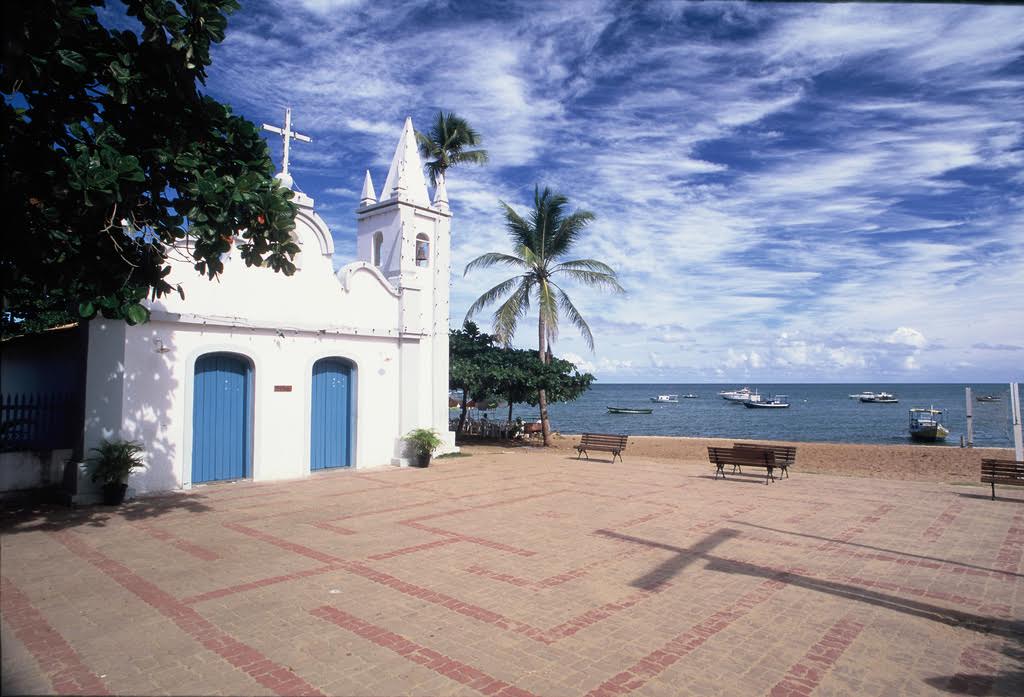
Despite the name, the turtles are the trademark of the tour!
Praia do Forte, a postcard of the Coconut Trees Coast, is home to one of the Tamar Project’s most famous headquarters.
You can observe the animals in aquariums and breeding tanks, always accompanied by biologists who explain each species’ peculiarities.
Whoever is in the area between December and February still gets a bonus – can participate in the exciting process of releasing the newborn turtles into the sea!
CHAPADA DIAMANTINA (DIAMANTINA PLATEAU)
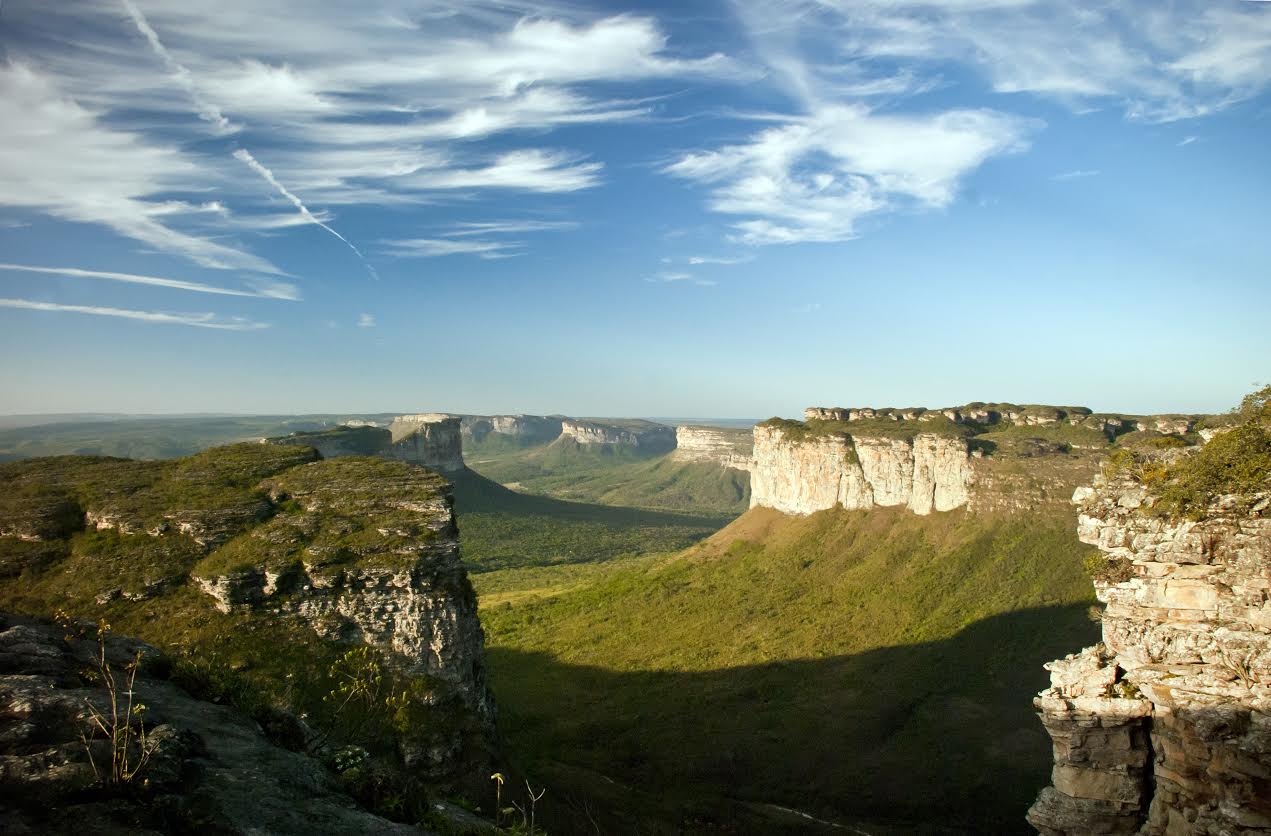
Located in the heart of Bahia and far from the beach, Chapada Diamantina has a history related to gold mining between the 17th and 19th centuries.
The gold is long gone, but the natural beauty is still intact!
There are hundreds of attractions, such as waterfalls, belvederes, caves full of stalactites, and flooded caves where diving is mandatory.
Everything is sheltered in the national park, which involves charming cities like Lençóis, Igatu, and Mucugê.
RECÔNCAVO BAIANO (BAHIAN RECÔNCAVO)
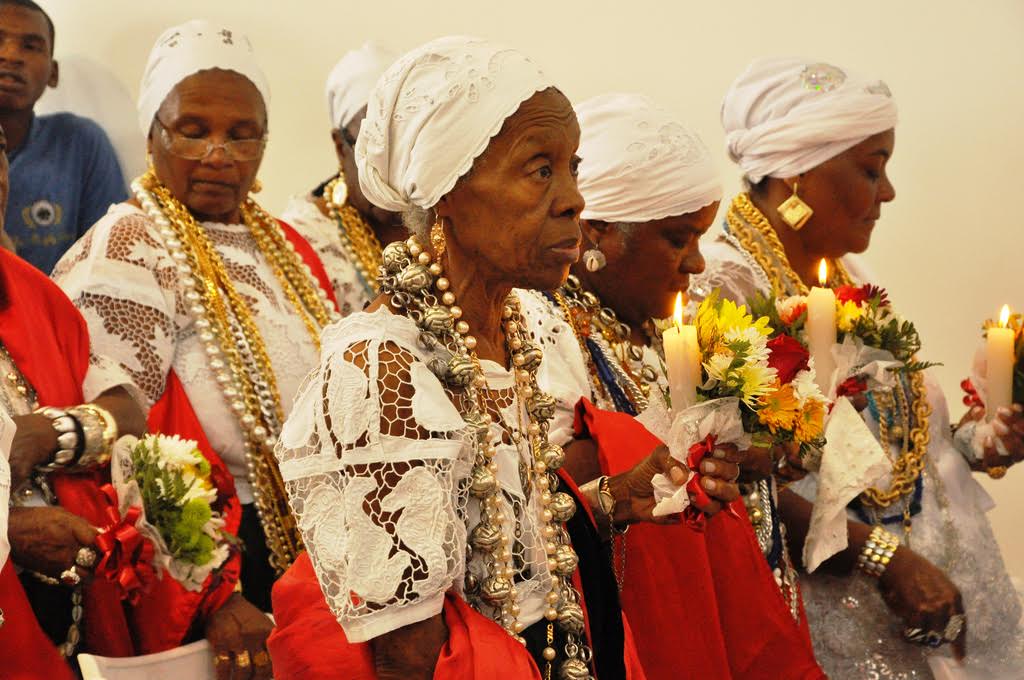
History and preservation are the attractions of the little towns that form the Recôncavo – especially Cachoeira and São Félix – dotted with churches and colonial houses spread throughout the squares, streets, alleys, and hillsides and that reveal all the wealth of the nobility’s time.
And there is more: Cachoeira hosts one of the most exciting events in Bahia – the Festival of Our Lady of Good Death, in August, organized by the sisterhood led by black ladies.
São Félix produces the best handmade cigars in the country!

